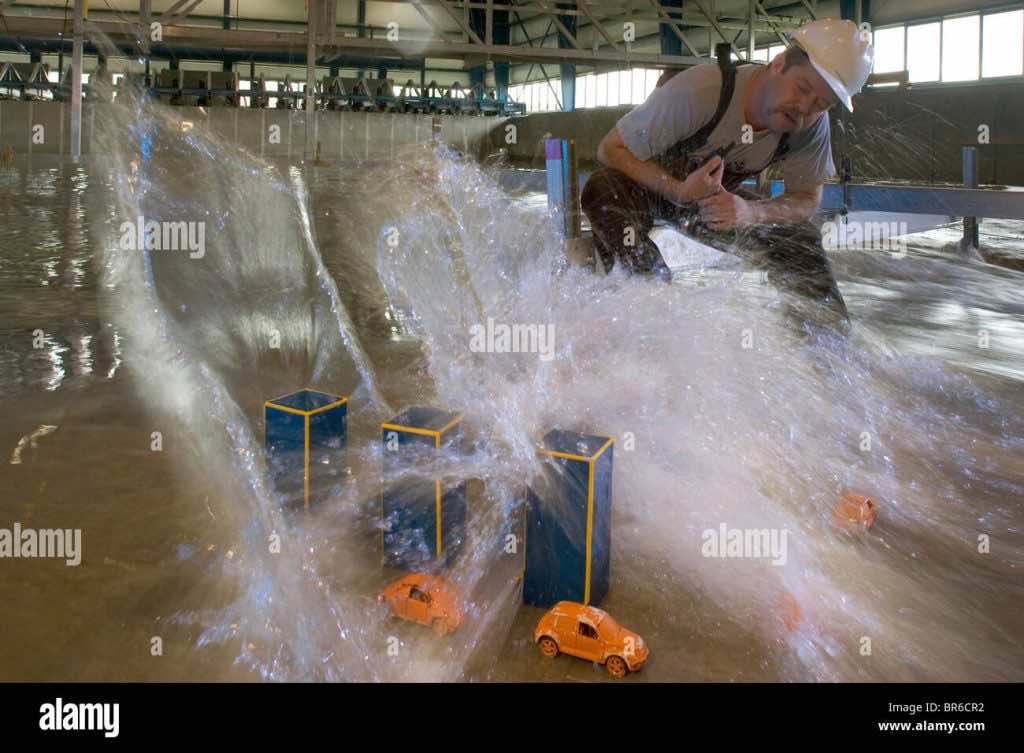Breathtakingly, new research has been carried out which sensed tsunami waves through a cosmic ray sensor. It is of the utmost importance as it involves a lot of challenges being overcome. Muons are the types of particles that are almost everywhere. Their formation takes place whenever the high-energy cosmic waves collide with atoms, and they are always negatively charged. Because of the very nature of muons, which means they can dissolve into every matter, we can say that they are very helpful and have a lot of practical applications.
Recently, Professor Tanaka from the University of Tokyo made this amazing discovery by using a very precise instrument known as the TS-HKMSSD for sensing tsunami waves. Studying and sensing tsunamis is a totally different meteorological phenomenon that has revealed greater insights into the subject matter. Tanaka commented, “The Tokyo-bay Seafloor Hyper KiloMetric Submarine Deep Detector (TS-HKMSDD) is the world’s first underwater muon observatory, and it observed varied muon activity during the tsunami.” ” This variation correlates to ocean swells detected using different methods. “By combining these observations, we may use muographic data to properly estimate changes in sea level, avoiding the disadvantages of previous approaches.”
This is definitely going to be a breakthrough in technology as it is the first underwater mechanics to measure tsunami waves. There are obviously many other methods available for this, such as the different types of gauges used for the measurement of tsunami waves, through the use of satellite images, etc., but what uproots the muon detection method from all these existing odds is its precision, accuracy, and ease of use. It is also way cheaper and more affordable compared to all the existing methods. The results which will then be deduced from using the muon detection technique may be termed “muographic data,” and we can use this data to get some accurate results.
If we talk about its technicalities, like the materials and resources used for the deployment of muon sensors, then this, too, does not involve any complex mechanisms. About 20 muon detectors are placed inside the road and the remaining underwater; when combined can completely and accurately sense the tsunami waves’ parametric conditions. All in all, Tanaka expressed his gratitude in these words: “Because of the success of early testing like this one, comparable systems are now being tested in the United Kingdom and Finland. Obviously, such a venture is fraught with difficulties, and putting delicate instruments in a busy tunnel might be problematic, but we have made it”.

